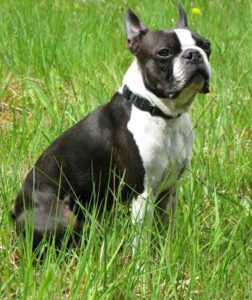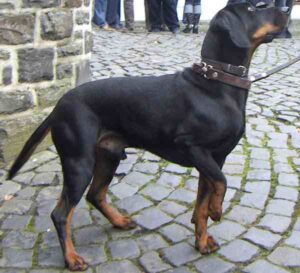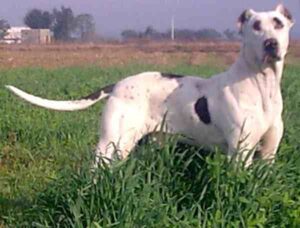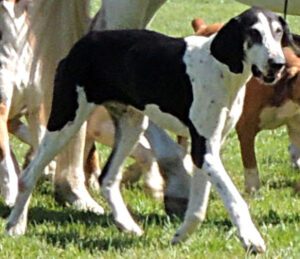The Croatian Sheepdog is a breed of dog which is noted for it’s fox-like head and legs. It is a very beautiful breed and is known by some other names. It’s other names include Hrvatski ovcar and Kroatischer Schäferhund.
As the name suggests, the breed is from Croatia. It was most probably developed over several centuries out of the descendants of the so-called “Pfahlbauhund” in Slavonia, Croatia.
It is an ancient breed, and many believe they were brought by the original Croats in the 7th Century when they first settled what is now Croatia.
Prof. Stjepan Romic developed the Croatian Shepherd Dog as a breed in the year 1935. The breed was first publicly presented at the first state dog show in Zagreb in 1949. Dr. Otto Rohr wrote the first breed standard in the year 1951, which was then published by the FCI in 1969.
The Croatian Sheepdog was recognized by the Federation Cynologique Internationale (FCI). The American Kennel Club (AKC) includes this breed in their Foundation Stock Service, which is often their final step before full breed recognition.[1] However, here we are trying to describe full breed information of this beautiful dog breed.
Characteristics
The Croatian Sheepdogs are medium in size and they are very beautiful. Their base color is black, although there may be very small patches of white on their chest and/or toes. A distinctive characteristic of the breed is it’s somewhat fox-like head and legs. The remainder of the coat is longer and wavy or curly. The tail is docked very short traditionally, but if undocked, it is carried curled over the dog’s back.
Their head is relatively light, lean and wedge shaped. The ratio between the muzzle and the skull is 9:11. And the total length of the head is about 20 cm. Their nose is always black and in the line with nose ridze. The muzzle is lean, the eyes are brown to black and the ears are triangular in shape.
The tail is set medium high, with thick long hair, in repose it hangs relaxed or is carried at back level. In attention it is carried above the back line. Some dogs are born tailless or with a short tail, or the tail is docked so that in an adult male it is about 4 cm long. However, tail docking is now banned in Croatia.
The Croatian Sheepdog has a wavy-to-curly, weatherproof black coat. It is generally a solid coat, although some may have spots of white around the chest and on the toes. Average body height of the mature Croatian Sheepdogs is between 16 and 21 inches at the withers. And their average live body weight is between 13 and 20 kg.
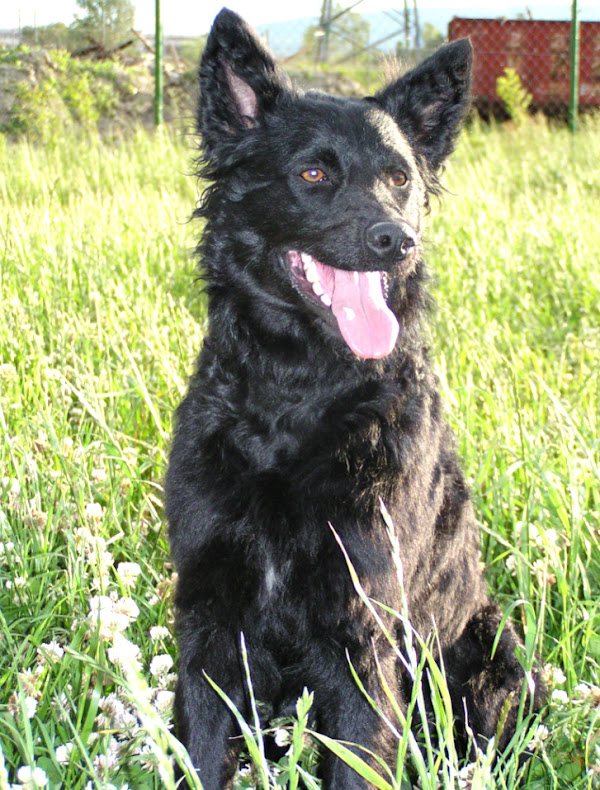
Temperament
The Croatian Sheepdog is an alert, agile, keen and intelligent dog with enormous energy and with a strong need for human companionship. It is healthy, resistant to disease and not expensive to keep. It possesses a well-developed herding instinct and is an excellent watchdog.
The breed is intensely loyal and energetic. Modern enthusiasts often describe their faithful companions as somewhat shy around new people, as they do tend to stick to one person, just like their ancestors stuck to one shepherd as herding dogs centuries ago.
It’s a caring and modest shepherd’s dog, very loyal to their master. The breed also possesses an hereditary predisposition for working cattle. Some farmers affirm that their Croatian Sheepdog knows and will single out every head of cattle by hearing its name.
The Croatian Sheepdog is a very good breed for dog sports. They can compete in dog agility trials, obedience, showmanship, flyball, tracking, and herding events. Herding instincts and trainability can be measured at noncompetitive herding tests. Croatian Sheepdogs exhibiting basic herding instincts can be trained to compete in herding trials.
Lifespan
Average lifespan of the Croatian Sheepdog is between 12 and 14 years.
Diet
How much a mature dog eats depends on it’s size, age, build, metabolism and activity level. Dogs are individuals, just like people, and they don’t all need the same amount of food.
The Croatian Sheepdogs are medium in size, and they are very active. So, their diet should be formulated for a medium sized breed with high exercise needs. You can consult with a vet in your area for better feeding recommendations.
Caring
Taking good care of the animals is very important for raising Croatian Sheepdogs. You should always keep up with your dog’s regular veterinary checkups to detect any health concerns early. Your vet will be able to help you to develop a caring routine that will keep your dog healthy.
These dogs are very active and they need regular exercise. So ensure getting proper amount of exercise. 2 to 3 half-hour to hour long walks per day with few good and active play sessions and shorter walks will be enough for these dogs.
Check their ears for debris and pests daily and clean them as recommended by your vet. Trim your dog’s nails before they get too long–usually once or twice per month. They should not be clicking against the floor. Your groomer can help with this.
This breed is easy to groom: an occasional combing or brushing to remove dead hair and a bath if dirty is all it needs. This breed is an average shedder.
Health
The Croatian Sheepdogs are generally healthy. But like all other dog breeds, they are also prone to certain health conditions.
Their common health problems include bloat, patella luxation and knee issues, retained testicles in males and whelping issues. Always try to keep good contact with a vet in your area.
| Breed Name | Croatian Sheepdog |
| Other Names | Also known by some other names such as Hrvatski ovcar and Kroatischer Schäferhund |
| Breed Size | Medium |
| Height | Between 16 and 21 inches at the withers |
| Weight | Between 13 and 20 kg |
| Good as Pets | Yes |
| Climate Tolerance | All climates |
| Color | Mainly black, although some may have spots of white around the chest and on the toes |
| Lifespan | Between 12 and 14 years or more |
| Good for Children | Yes |
| Rarity | Common |
| Country/Place of Origin | Croatia |


